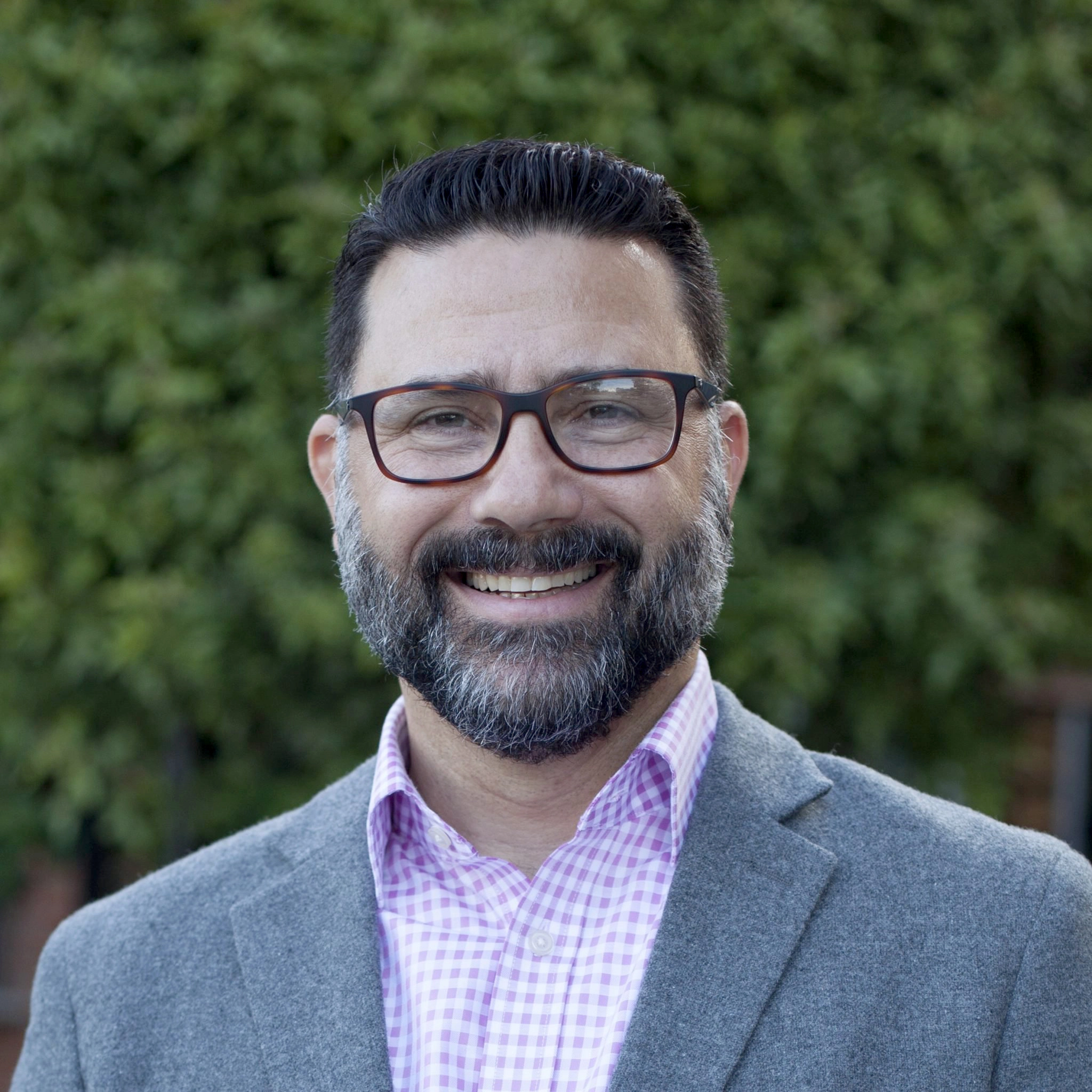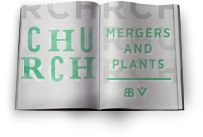The Calculated Risks of Church Planting: Sending Your Best Members and Elders
“If you had to do it all over again, would you still do it?”
That sounds like a question you might ask someone who’s just been convicted of a crime, and it’s one I was asked just this morning. My crime? Sending off 37 of our best members, along with two of our best elders, to plant a church. The prosecutor? An elder of a brand new church plant in Dubai. I had just shared with him how much our latest church plant cost us.
We can always find reasons, even good ones, for not planting a church. And yet, the need for church planting in my town (Austin, Texas) far outweighs whatever adverse effects we may face.
OUR NEED TO PLANT ANOTHER CHURCH
We didn’t need to plant another church because we were bursting at the seams. We still have plenty of room in our building. We didn’t plant another church because we possess abundant financial resources. We have an overwhelming debt that hangs like a millstone around our necks. Instead, we needed to plant a church for pastoral and evangelistic reasons.
First, we had a significant number of members who were driving from northwest Austin to gather with us each week. That’s at least a 30-minute drive for most of them. When members live that far away, it’s hard to “shepherd the flock of God among you” (1 Pet. 5:2). We struggled to foster gospel community among our membership because distance became a logistical obstacle. Second, those members who lived far away found it hard to build gospel relationships with neighbors and invite them to our gatherings.
But not only did we need to plant a church, our city needed us to plant another church. Between 2005 and 2015,metro Austin grew by almost 38%, surpassing 2 million people . In fact, from July 1, 2015 to July 1, 2016, the metro Austin population increased by 58,301. That’s about 164 people per day. Such growth means church planting efforts in our city aren’t keeping up with population growth. In our context, we cannot afford NOT to plant a church.
OUR CALCULATED RISK IN PLANTING ANOTHER CHURCH
So then, understanding our pastoral and evangelistic concerns, and our city’s need, we took a calculated risk and planted another church. There’s never a good time to plant a church. You’ll always find valid, even logical reasons for putting it off. In our case, though, we realized that many of our reasons for not planting were grounded in fear. We were afraid of losing members, finances, and leaders.
Much to our surprise, we felt the effects of planting a church almost immediately. Previously, we had eight elders for just over 500 members. The December before we planted, one of our elders rotated off the elder board. In February of the following year, our new church plant held their first public meetings. In a period of just over two months we went from eight elders to five. And once the church plant officially received new members, we removed those we had sent from our membership: a total of 37.
Don’t get me wrong. We weren’t just interested in the numbers. But those numbers represented some of our best members and strongest givers. Consequently, over the next year we began to feel the void. Our five remaining elders found it hard to care for our almost 500 members. Though we were wise to reduce our new budget by 10% to account for the calculated loss in income, our giving wasn’t as strong as we’d hoped. At this point, planting that new church seemed like a foolish decision.
So, if we had to do it again, would we still do it? Absolutely!
THE BLESSINGS OF PLANTING A CHURCH
As always, God is faithful. When we sent off 37 of our best members in February 2015, we asked God to send us 37 new members over the next year. The Lord answered our prayers. He caused the growth (1 Cor. 3:6), and by the end of 2015, we had received 74 new members. As we observed God’s kindness, we were encouraged in our decision to plant a church. Had we not planted a new church, we would have missed out on the joy of answered prayer for new members.
Unfortunately, the addition of new members didn’t offset our financial deficit. We thought reducing our budget by 10%, along with new member growth, would address our financial needs. We were wrong.
But, again, God is faithful! Several months into the life of the new church plant, they had more money than we did. Understanding our financial situation, they asked us to stop providing them financial support. Though we rejoiced in their financial freedom and were thankful for their generosity, that financial relief was not enough to keep our church from financial hardship. By the fall of our new church plant’s second year, we found ourselves in a significant financial deficit.
We were approximately $130,000.00 behind our budget. After much deliberation, our elders agreed to go before the congregation and let them know of our need. In addition to our normal weekly need of about $28,000.00, the elders proposed a one day special offering with a $100,000.00 goal. By God’s grace, our members responded in overflowing generosity. We received just over $105,000.00 for the special offering, and about $48,000.00 for our regular weekly offering. Had we not planted a new church, we would never have known God’s grace through the generosity of our members (2 Cor. 8:1–5).
Finally, we still had a need for more leaders (2 Tim. 2:2). Because of the burden of so few elders caring for so many members, we asked God for more elders. As always, we continued identifying elder-qualified men in the congregation. But now, we sensed a greater urgency. Having prayed regularly and tested men diligently, we identified several younger men in our congregation who were qualified. One year after planting the church, the elder that had previously rotated off returned, bringing us to six elders. We also identified another five men we believed were qualified. Though for various reasons two of those men were unable to serve at that time, three of them were. Over that next year, the church affirmed all three of them, and, as of today, we have nine elders. Had we not planted a church, we may not have moved on these men with urgency, but each of these brothers has proven to be a valuable addition to our eldership.
CONCLUSION
There’s no question in my mind that we would do it all over again. This is now our third church plant. By the end of 2017, we hope to plant a fourth–an Ethiopian congregation that will reach out to the Amharic-speaking population in metro Austin.
To be sure, not every context is the same; not every town is growing like Austin; not every church will be blessed in the same ways. But, after planting these churches, the Lord has taught us that not only does our city need us to keep planting churches, but, for the health of our church, we need to keep planting churches. And that would be true whether or not we continue to grow, increase our budget, and raise an abundance of new leaders. No matter the costs and effects of church planting on the planting church, the Lord is always faithful.









